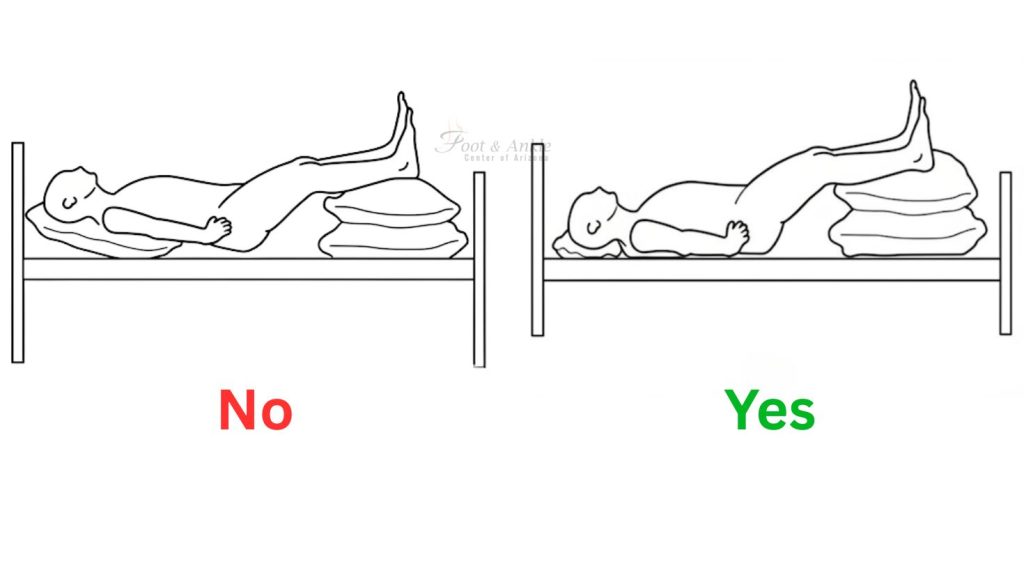Inflammation is the body’s natural response to injury, irritation, or surgical procedures. While it’s a protective mechanism, many remain unaware of its critical role in healing. One specific form, known as acute inflammation, acts as a rapid response team—working immediately to contain damage and initiate recovery.
What Happens During Inflammation?
When our body reacts to injury or infection, symptoms such as swelling, redness, warmth, and pain often arise. These signs indicate an internal effort to heal. This reaction can be temporary and short-lived or continue over time. The key difference lies in its duration: acute inflammation develops quickly and resolves within days, whereas chronic inflammation can last for months or even years, often tied to ongoing conditions like arthritis.
It’s also important to recognize that while infections can lead to inflammation, not all inflammation results from infection—and treatments may vary accordingly.
Recognizing the Symptoms
Curious if you’re dealing with a short-term inflammatory response? Here are common symptoms:
- Swelling: A buildup of fluid in the injured area.
- Pain: Ranging from dull to intense, usually caused by pressure from swelling.
- Warmth and Redness: Resulting from increased blood flow to the site of injury.
- These physical changes are classic indicators of the body’s attempt to protect and heal.
Managing the Initial Stages
Addressing inflammation early on can significantly impact recovery. A common approach for managing inflammation in the foot or ankle is the RICE method:
- Rest: Avoid activities that aggravate the area.
- Ice: Apply cold packs for 20 minutes at a time, separated by 40-minute breaks.
- Compression: Use elastic wraps to control swelling.
- Elevation: Keep the affected limb raised above heart level to reduce fluid buildup.
In some cases, your healthcare provider may recommend nonsteroidal anti-inflammatory drugs (NSAIDs) like ibuprofen to ease discomfort and inflammation.
When Healing Slows Down
Most cases of acute inflammation subside within a few days. But if symptoms worsen or linger, it’s essential to consult a medical professional. Delayed healing could signal a more serious underlying issue requiring prompt attention.
Staying consistent with your doctor’s guidance—whether post-injury or post-surgery—can dramatically improve outcomes and reduce complications.
Final Thoughts: Listening to Your Body
While acute inflammation may cause short-term discomfort, it’s often a sign that your body is working hard to protect and repair itself. However, persistent symptoms shouldn’t be ignored. Seeking timely medical advice ensures that minor issues don’t become major concerns. Taking care of your body starts with understanding its signals and responding appropriately.
Frequently Asked Questions
Q: What are some examples of acute inflammation?
A: Examples include a sprained ankle, a sore throat from a virus, an insect bite, or appendicitis.
Q: What are the main signs of inflammation?
A: The classic signs are redness, heat, swelling, pain, and loss of function.
Q: Can this condition be dangerous?
A: Acute inflammation is usually helpful, but if it becomes chronic or unresolved, it may lead to further complications.




